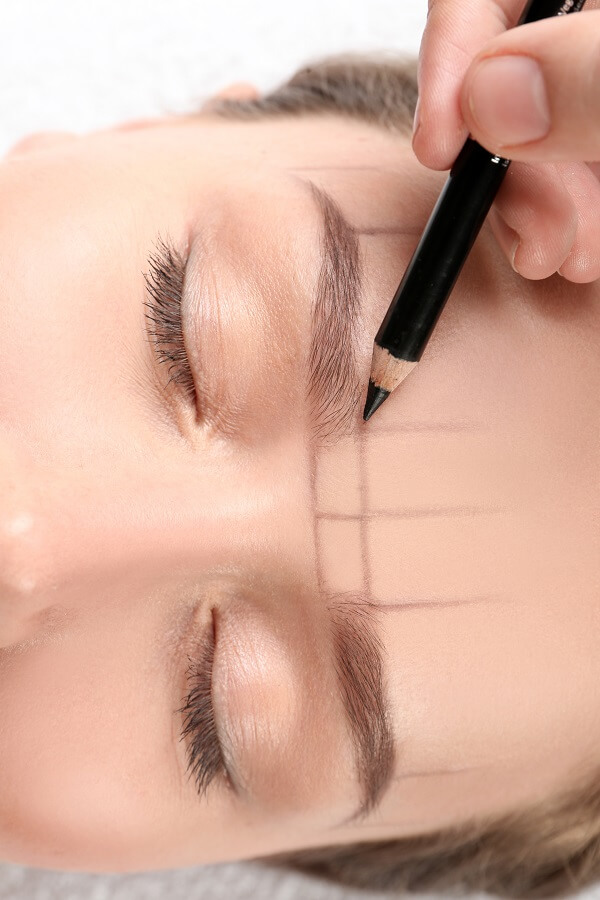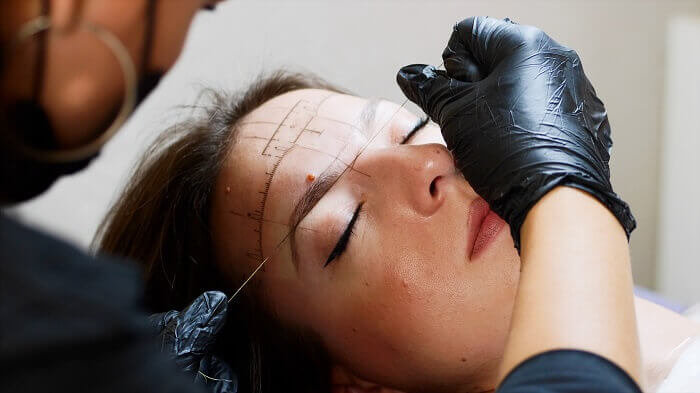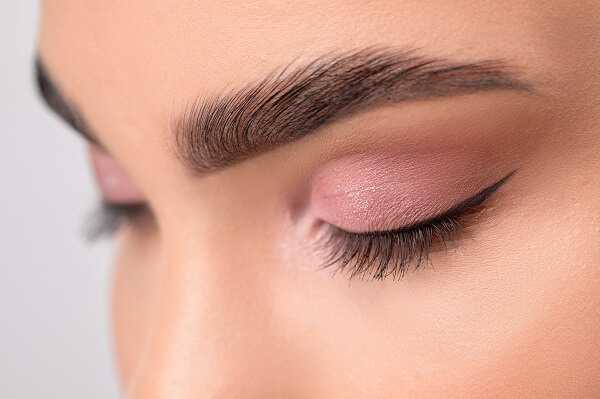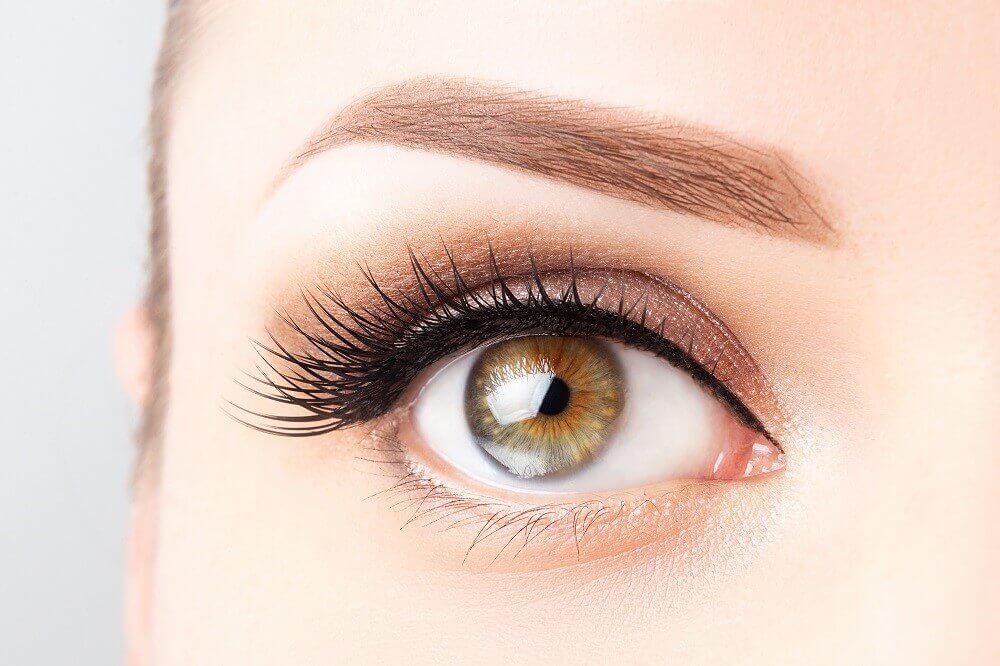Microblading from U.S. Dermatology Partners
Explore the Process & Benefits of Microblading
If you have thin eyebrows and you want a long-lasting option to create a full, natural-looking brow line, microblading is an excellent option. This procedure is safe, effective, and can last up to three years with proper care. Keep reading to learn more or contact a U.S. Dermatology Partners location near your home or office to get started scheduling your first visit with one of our dermatology providers to discuss your cosmetic dermatology options, including microblading.
What is Microblading?
Microblading is a procedure that uses a bundle of ultra-fine needles to make small incisions in the skin and place pigment into the outer layers to create the ideal eyebrow shape for the person’s facial structure, skin tone, and general cosmetic goals. The ultra-fine needles make natural-looking eyebrow hairs that are custom shaded to blend seamlessly with the existing brow line. The effect is similar to tattooing, but the pigmentation is deposited into the upper layers of skin rather than the deep layers of skin as with tattoos. The results of microblading are long-lasting. However, over time, the semi-permanent pigmentation application will begin to fade, and regular reapplication is recommended to maintain the desired results.
Find This Service Near You
Who is a Good Candidate for Microblading?

Other conditions may mean patients are not ideal candidates for microblading, so during a consultation visit, your dermatology provider will review your skin health and general medical history to ensure you’re a good candidate for microblading.
Be sure to let your dermatology provider know if any of the following applies to you:
- Have a chronic skin condition that impacts the eyebrows (eczema, psoriasis, keratosis pilaris, dermatitis, rosacea, etc.)
- Have moles or other raised areas of skin around the brows
- Have had Botox in the last three weeks
- Have had a facial or chemical peel in the last two weeks
- Currently have a sunburn or suntan
- Are taking blood thinners or have a heart condition
- Are pregnant or breastfeeding
- Skin is sensitive, acne-prone, or excessively oily
- Have large pores surrounding the eyebrows
- Have deep wrinkles around the brows
- Very thin skin on the brows that may not effectively absorb pigment
- Have used Accutane or Retin-A within the last year
- Have used retinol or Vitamin A within the last month
How Does Microblading Work?

Before your treatment visit, the dermatology provider will give you instructions to prepare for your procedure. Some basics include avoiding exercise on the day of your microblading treatment, avoiding alcohol for 48 hours, avoiding ibuprofen for 24 hours, and not drinking coffee within two hours of your microblading procedure.
On the day of your microblading treatment visit, the practitioner will shape your existing brows. Then, they’ll apply the numbing agent to ensure your comfort. Once the numbing agent sets in, they will begin the microblading process. The procedure involves making a superficial cut in the skin and allowing the pigment to settle in. If necessary, additional numbing medication and another layer of pigment will be applied. Finally, the brows will be cleaned up and treated with ointment before you leave the office. The whole procedure is typically completed in under an hour.
After your initial microblading session, your brows may be slightly darker for the first week or two before you see the final color, so if they’re not quite the shade you were looking for, that’s okay. You will need to come back in about two months for a follow-up session to fill in any gaps and touch up your brows to ensure you achieve the ideal results.
Are There Side Effects to Microblading?
There are some mild side effects, including swelling, irritation, and scabbing. For the first day after treatment, you’ll apply antibacterial ointment to the eyebrows to minimize the risk for infection. You should stop using any acids, retinols, or exfoliants on your eyebrows as they heal. Just use a gentle, antibacterial cleanser in the morning and evening to clean the eyebrow. You’ll need to avoid applying any makeup and cosmetics as your eyebrows heal. For at least a week after your microblading treatment, you’ll need to keep the brows dry and free from sweat. You can apply a protective, petroleum-based ointment like Vaseline to keep the eyebrows dry. You’ll also need to minimize sun exposure for at least a week.
How Long Will Microblading Last?

You can take the following steps to extend the results of microblading:
- Avoid smoking for at least a week after your initial treatment
- Avoid unnecessary sun exposure, which can fade the pigment
- Apply a broad-spectrum sunscreen of SPF 30 or higher to the eyebrows daily
- Avoid using exfoliants, retinols, and acids near your brows
- Avoid laser treatments, chemical peels, microneedling, or other treatments that may impact the skin around the eyebrows
- Minimize time in saunas, swimming pools, and other hot or humid places for the first month or two after treatment
*Results may vary by individual

